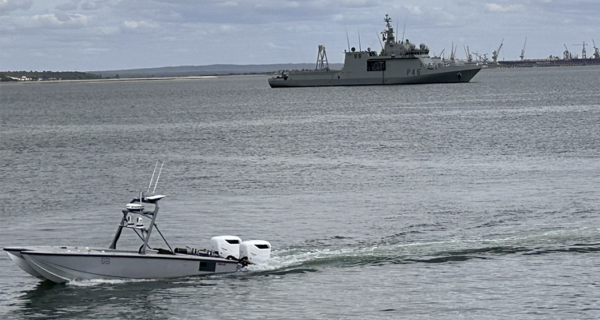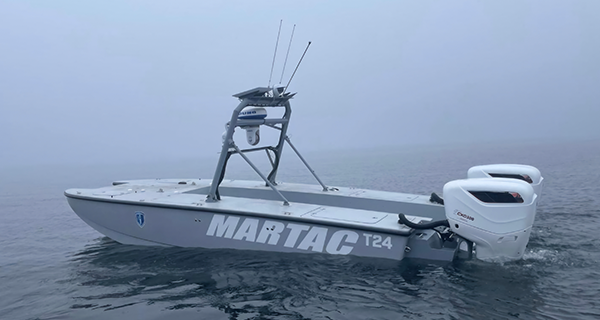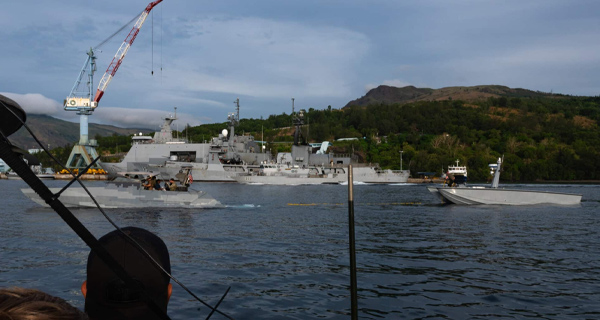Fast-tracking the evolution of unmanned maritime systems
- March 19, 2024
In an era of great power competition, unmanned maritime systems (UMSs) have begun to take centre stage and are now on an accelerated development path for reasons that are clear. Like their air and ground counterparts, these unmanned maritime systems are valued because of their ability to reduce the risk to human life in high threat areas, to deliver persistent surveillance over areas of interest, and to provide options to war fighters that derive from the inherent advantages of unmanned technologies.
The past year may well be remembered as a high-water mark for the insertion of UMSs into a number of international exercises, experiments and demonstrations that have, literally, spanned the globe. Over the course of these events, unmanned maritime systems have performed an increasingly ambitious and complex series of missions, giving great confidence to those nations and navies who see them as an important part of their fleets.
While it will take years to unpack all the lessons learned from the ongoing war in Ukraine, one mission that has surfaced during this conflict that connects maritime warfare and unmanned surface vehicles is the use of USVs armed with explosives to attack naval vessels. This is a tactic and concept of operations that has been discussed in numerous professional articles and even war-gamed, but until now has been hypothetical.





